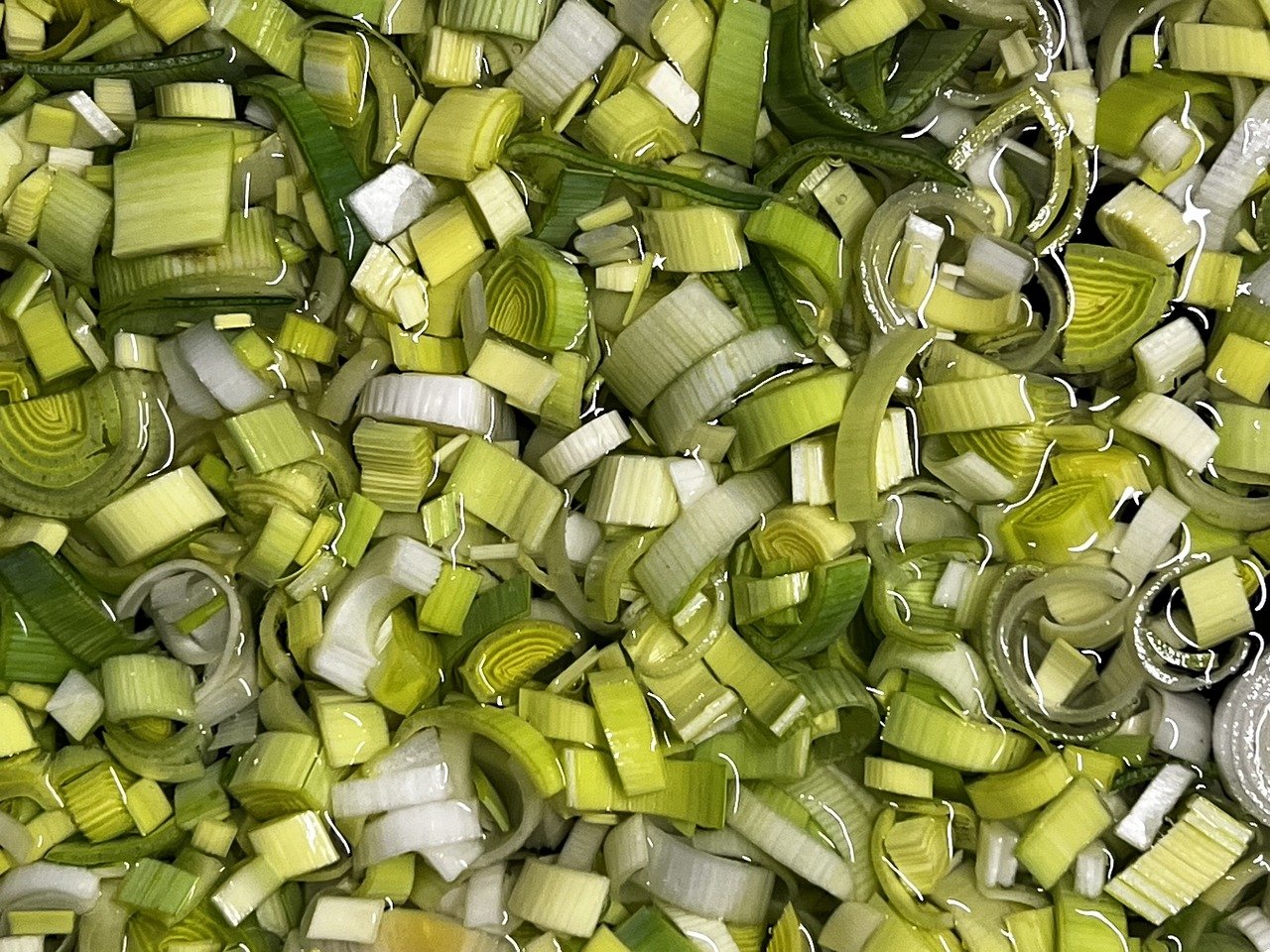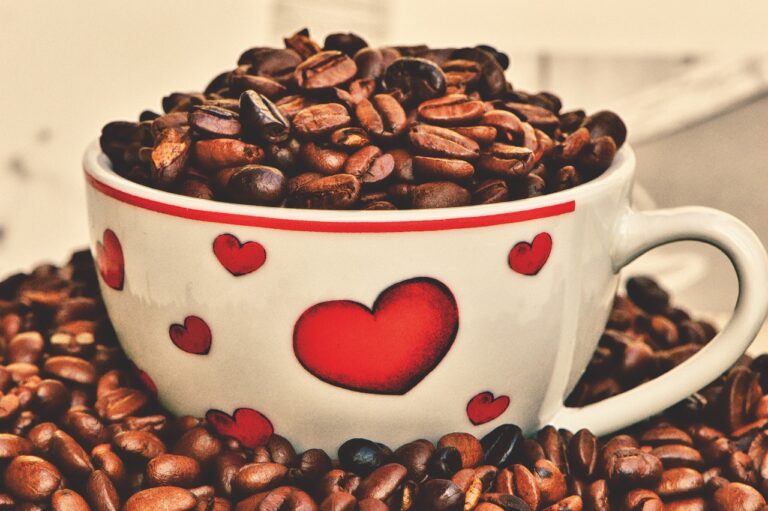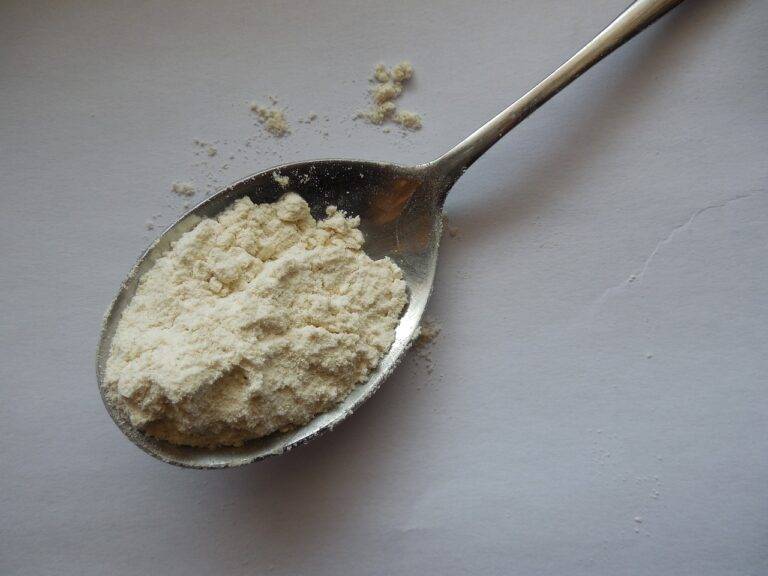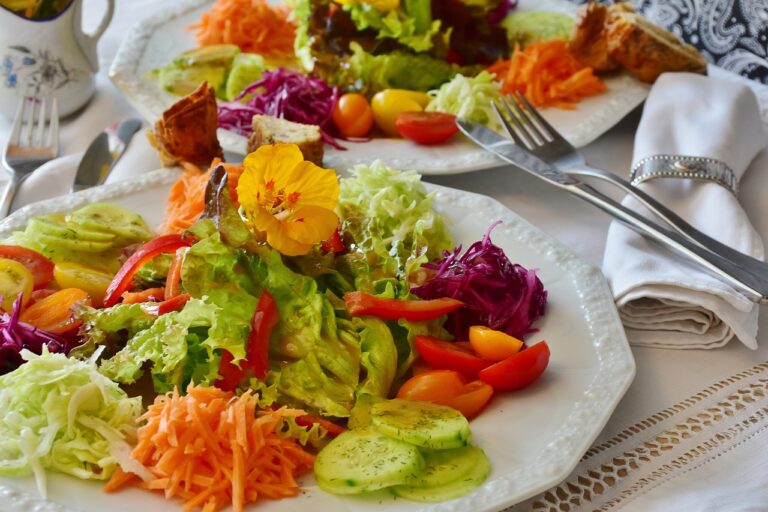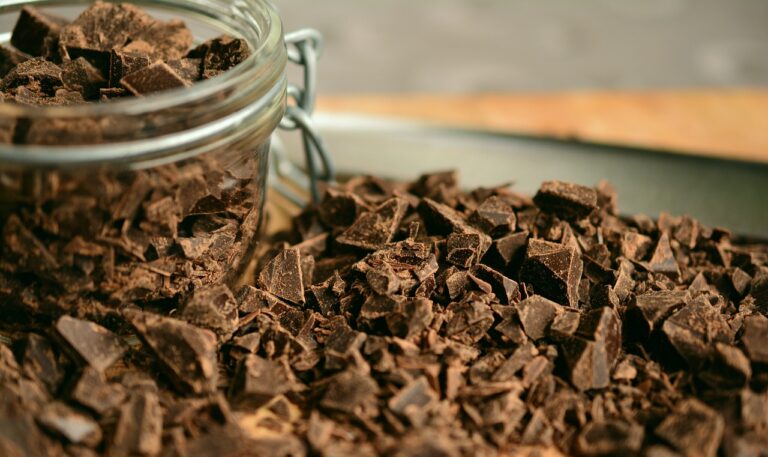The Future of Food Packaging: Biodegradable Materials and Sustainable Design Solutions
Biodegradable materials offer a sustainable solution for food packaging due to their ability to break down into natural elements over time. This characteristic helps reduce the environmental impact of packaging waste, as biodegradable materials decompose without leaving harmful residues behind. In addition, the use of biodegradable materials in food packaging aligns with the growing consumer preference for eco-friendly and sustainable products, driving businesses towards more environmentally conscious practices.
Furthermore, the production of biodegradable materials for food packaging can lead to a decrease in the consumption of non-renewable resources, promoting a more circular economy. By utilizing materials that can be easily broken down through natural processes, the dependency on fossil fuels and other finite resources for packaging purposes can be reduced. Overall, the adoption of biodegradable materials in food packaging represents a step towards fostering a more sustainable and environmentally friendly food industry.
Benefits of Using Biodegradable Materials in Food Packaging
Biodegradable materials offer a promising solution for sustainable food packaging. One of the key benefits is their ability to break down naturally, reducing the amount of waste that ends up in landfills. This not only helps in minimizing environmental impact but also supports a circular economy by returning nutrients back to the soil.
Furthermore, using biodegradable materials in food packaging can help in reducing the carbon footprint associated with traditional packaging methods. By choosing materials that can decompose organically, the overall energy and resources required in manufacturing and disposing of packaging are significantly reduced. This not only benefits the environment but also contributes to the overall sustainability of the food industry.
Challenges and Limitations of Biodegradable Food Packaging
Biodegradable food packaging faces challenges in terms of cost and availability. While the demand for sustainable packaging is growing, the production of biodegradable materials can still be more expensive compared to traditional options. This cost barrier can deter businesses from making the switch to biodegradable packaging, especially for those operating on tight budgets. Additionally, the availability of biodegradable materials may vary depending on geographical location, making it challenging for businesses to source consistent and affordable options for their packaging needs.
In addition to cost and availability, the effectiveness of biodegradable food packaging in preserving the freshness and shelf life of products is another concern. Some biodegradable materials may not provide the same level of protection and insulation as traditional plastics, leading to potential issues with food spoilage and waste. Ensuring that biodegradable packaging maintains the quality and integrity of food products throughout the supply chain is crucial for its widespread adoption in the food industry.
What are biodegradable materials?
Biodegradable materials are substances that can be broken down by natural processes, such as bacteria or fungi, into simpler compounds.
Why are biodegradable materials considered a sustainable solution for food packaging?
Biodegradable materials are considered sustainable because they can break down naturally without leaving behind harmful pollutants or contributing to landfill waste.
What are some benefits of using biodegradable materials in food packaging?
Some benefits of using biodegradable materials in food packaging include reduced environmental impact, lower carbon footprint, and the ability to reduce plastic waste.
What are some challenges and limitations of biodegradable food packaging?
Some challenges and limitations of biodegradable food packaging include limited availability of biodegradable materials, higher cost compared to traditional packaging materials, and potential issues with durability and shelf life.

